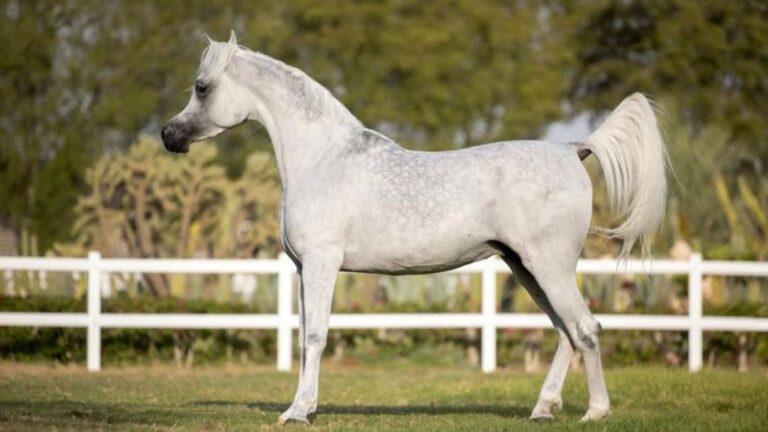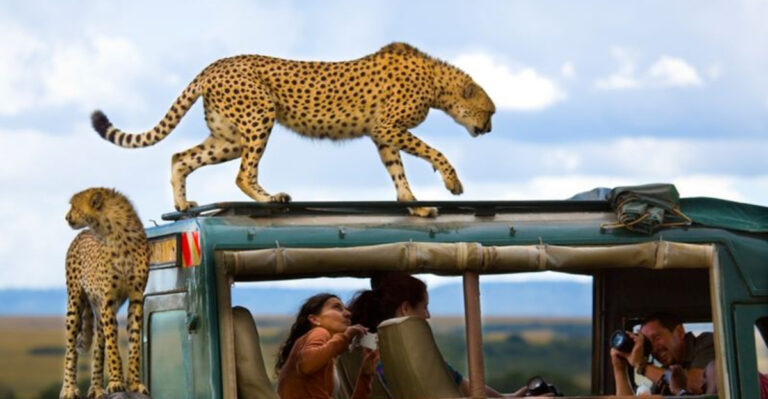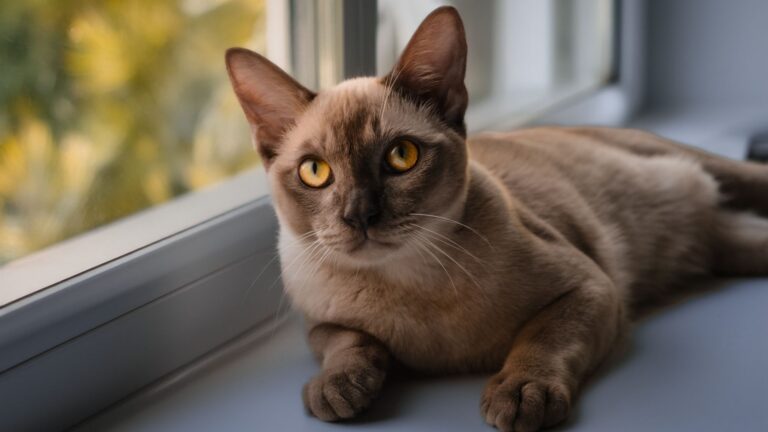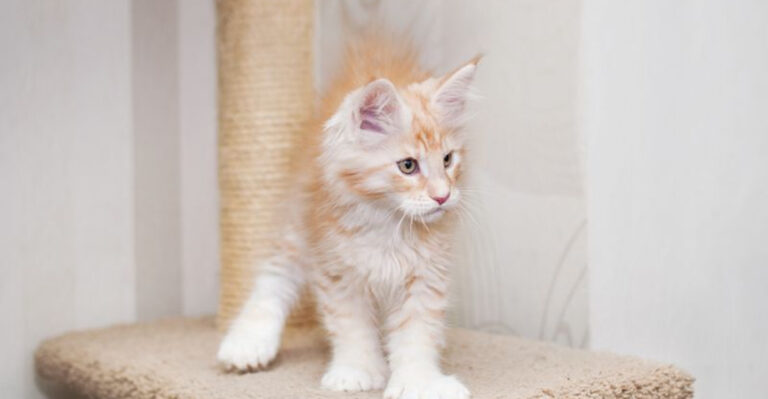They May Not Be The Prettiest, But They Survived Two Extinction Events
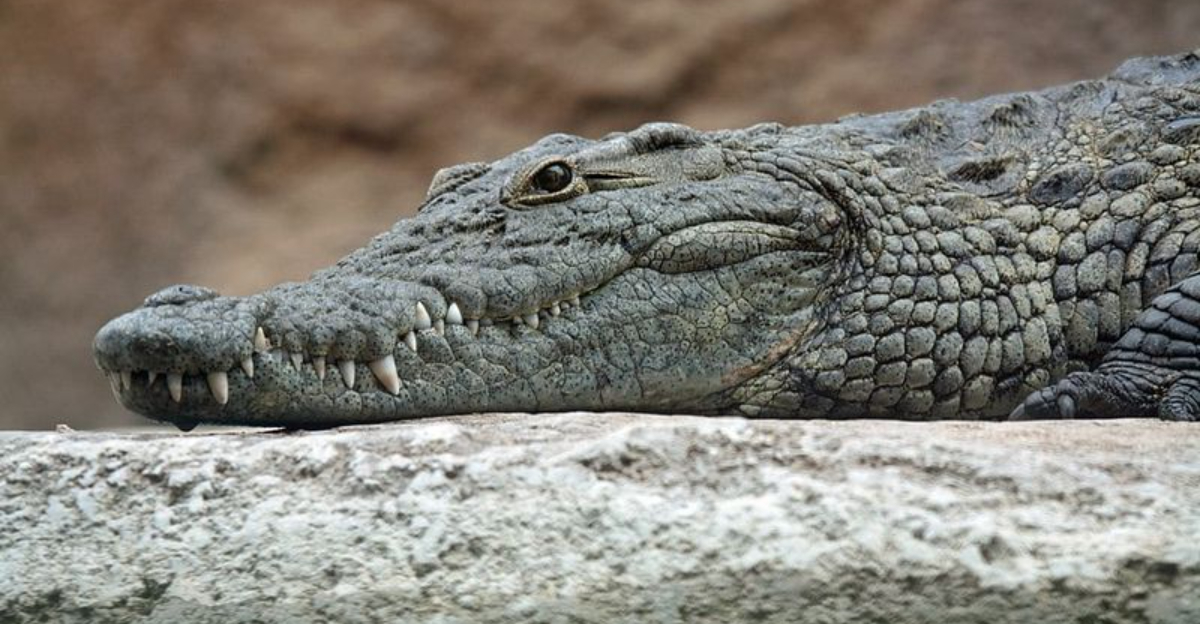
When asteroids smashed into Earth and volcanoes darkened the skies, most creatures vanished forever. But not crocodilians. These armored survivors watched dinosaurs rise and fall, then shrugged off the ice age like it was nothing.
With their prehistoric grins and ancient eyes, crocodiles, alligators, and their relatives have outlasted catastrophes that wiped out 90% of all species on Earth. Their survival story might just be the greatest comeback tale never told.
How Crocodilians Outlived The Dinosaurs And The Ice Age
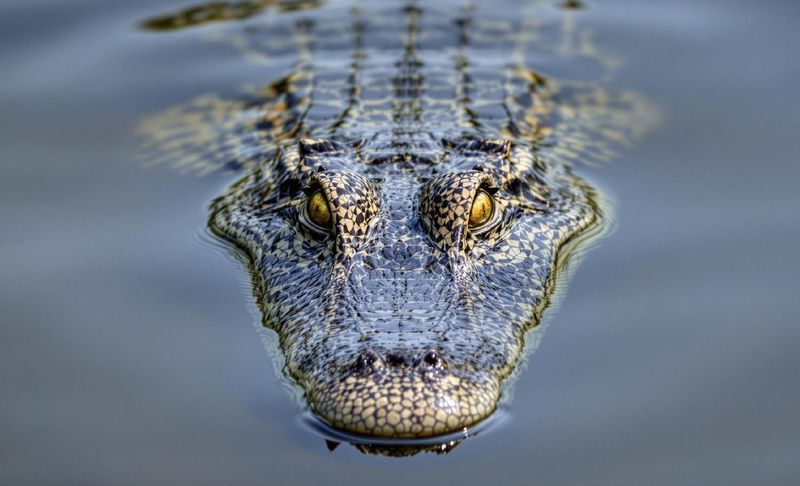
Masters of survival when everything else failed, crocodilians used a brilliant strategy – they simply refused to change. While dinosaurs grew enormous and specialized, crocodilians perfected their design early and stuck with it.
Their semi-aquatic lifestyle proved genius during both extinction events. When the asteroid hit 66 million years ago, they hid in water, which shielded them from extreme heat. During the ice age, they slowed down their already sluggish metabolism to survive food shortages.
Unlike mammals or birds that need constant fuel, crocodilians can go months without eating. This remarkable ability to fast through hard times meant they could wait out disasters while other animals starved.
The Ancient Origins Of Crocodiles And Their Incredible Longevity
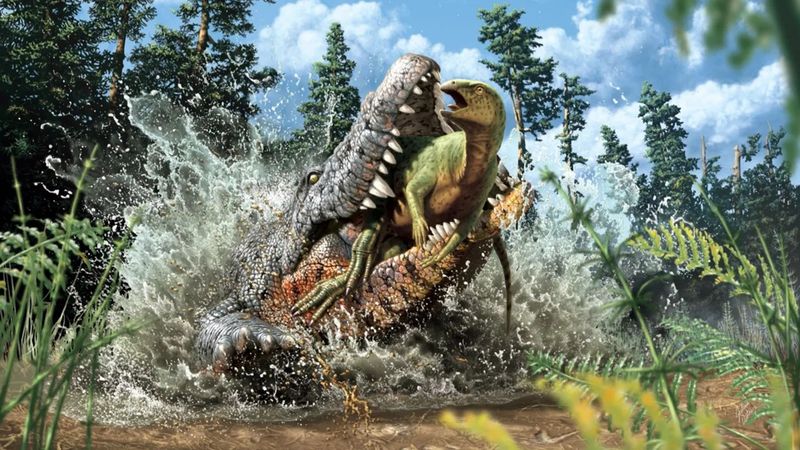
Crocodiles trace their family tree back over 200 million years to the Triassic period. They evolved from archosaurs – the same group that gave rise to dinosaurs and eventually birds.
Fossil records reveal early crocodilians that looked remarkably similar to modern ones. Some ancient species were massive – Sarcosuchus reached lengths of 40 feet and weighed up to 10 tons!
Their evolutionary success stems from starting with an excellent blueprint. While mammals constantly reinvented themselves through dramatic evolutionary changes, crocodilians found their perfect form early. This evolutionary stability paid off when rapid environmental changes killed creatures that couldn’t adapt quickly enough.
Crocodiles Have Barely Changed In 200 Million Years And That’s The Point
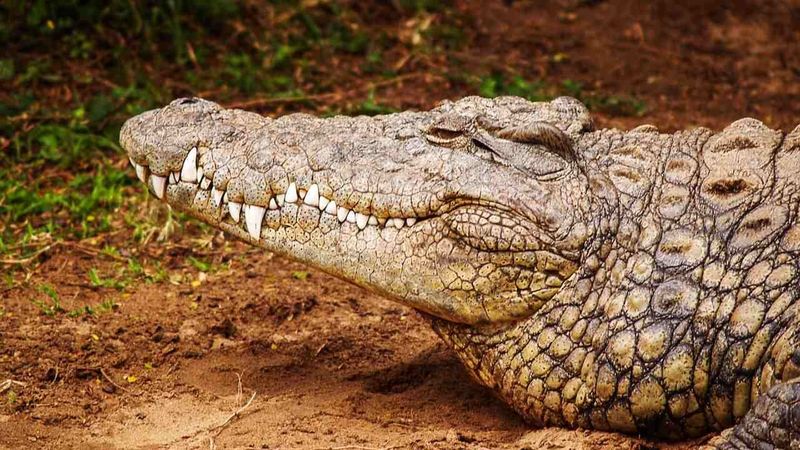
Evolutionary biologists call it “stabilizing selection” – when staying the same beats changing. Crocodiles nailed their body plan so perfectly that evolution has barely tinkered with them for 200 million years.
Compare a modern crocodile skeleton to fossils from the Mesozoic era, and you’ll struggle to spot major differences. Their low-slung bodies, powerful tails, and armored skin worked brilliantly then and still do today.
This consistency isn’t laziness – it’s evolutionary genius. While flashier species constantly changed to keep up with new conditions, crocodilians’ all-purpose design handled whatever Earth threw at them. Sometimes the best strategy isn’t to evolve – it’s to get it right the first time.
Why Slow Metabolisms And Watery Hideouts Helped Them Survive Mass Extinctions
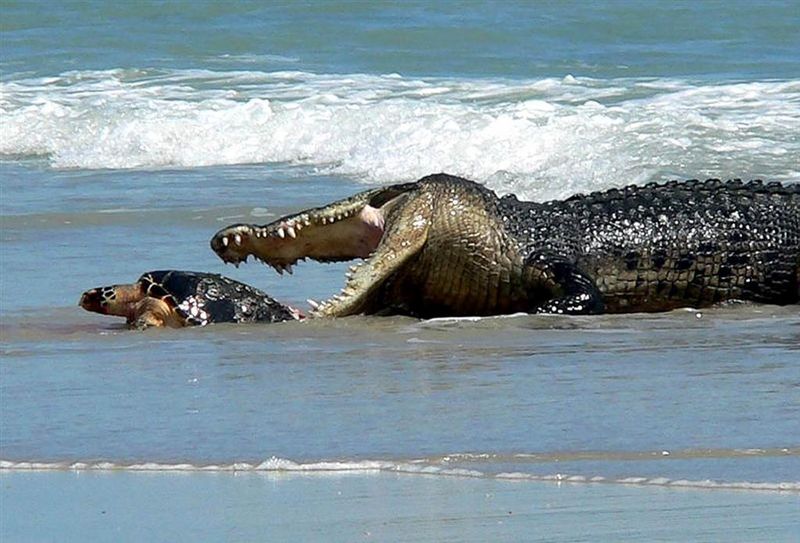
Crocodilians’ sluggish metabolism became their superpower during extinction events. While warm-blooded dinosaurs needed constant calories, crocodiles could hunker down for months without food when disaster struck.
Water bodies acted as natural bunkers during catastrophes. When the asteroid hit, aquatic environments buffered temperature changes that killed land-dwellers. Rivers and lakes also provided constant access to water when droughts decimated other habitats.
Their amphibious lifestyle offered escape routes in both directions. When land became uninhabitable, they retreated to water. When aquatic conditions deteriorated, they could venture onto land. This flexibility meant they always had somewhere to go when one environment collapsed.
What Crocodilians Can Teach Us About Resilience In The Natural World
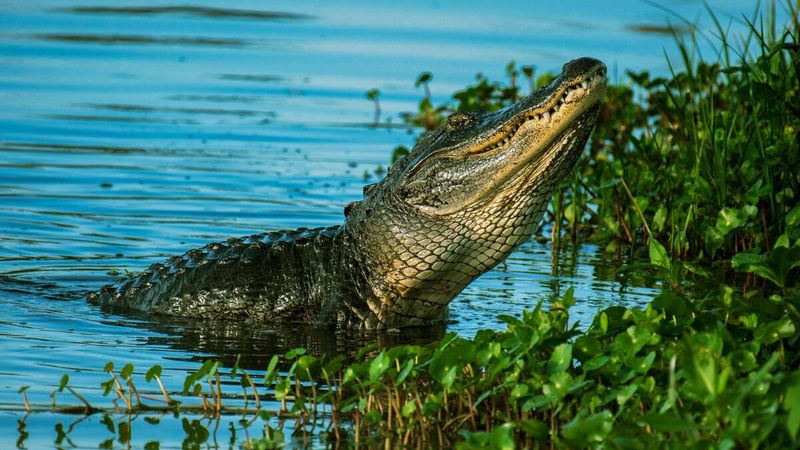
Crocodilians embody nature’s ultimate survival lesson: adaptability trumps specialization. Unlike highly specialized creatures that thrive in narrow conditions, crocodilians maintained enough flexibility to weather dramatic climate shifts.
Their survival strategy resembles diversified investing. They didn’t put all their evolutionary eggs in one basket – they can eat almost anything, live in various habitats, and reproduce through methods that ensure at least some offspring survive.
Modern conservation efforts draw inspiration from their resilience. Understanding how these ancient reptiles endured catastrophic changes helps scientists predict which modern species might survive our current climate crisis and which need urgent protection. Nature’s toughest survivors have much to teach us about enduring uncertain futures.
From Prehistoric Swamps To Modern Rivers: The Unstoppable Evolution Of Crocodilians
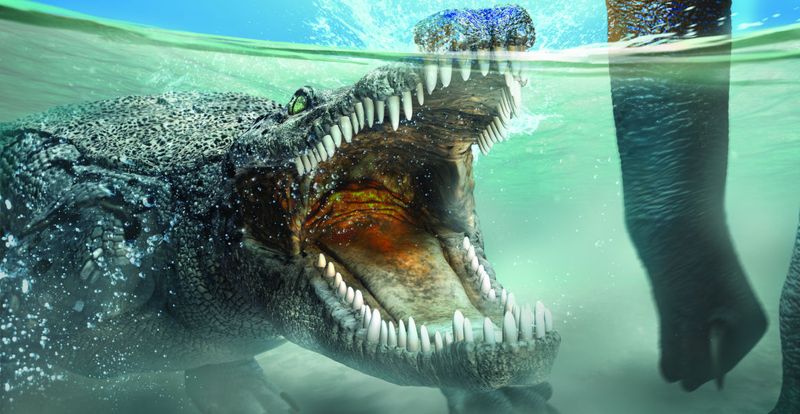
Crocodilians conquered Earth’s waterways through subtle adaptations rather than dramatic overhauls. Ancient species lived alongside the earliest dinosaurs in steamy Triassic swamps, already sporting the key features we recognize today.
Their family tree diversified impressively – some ancient relatives were fully marine, others galloped on land, and a few even specialized in eating plants! Most of these experimental branches eventually died out, leaving today’s more conservative designs as the ultimate winners.
Modern crocodilians still occupy similar ecological niches to their ancestors, patrolling the boundary between land and water as ambush predators. Their conquest spans six continents, from Florida’s Everglades to Australia’s billabongs – proof that their blueprint works almost everywhere.
Built To Last: How Their Biology Makes Crocodiles Almost Indestructible
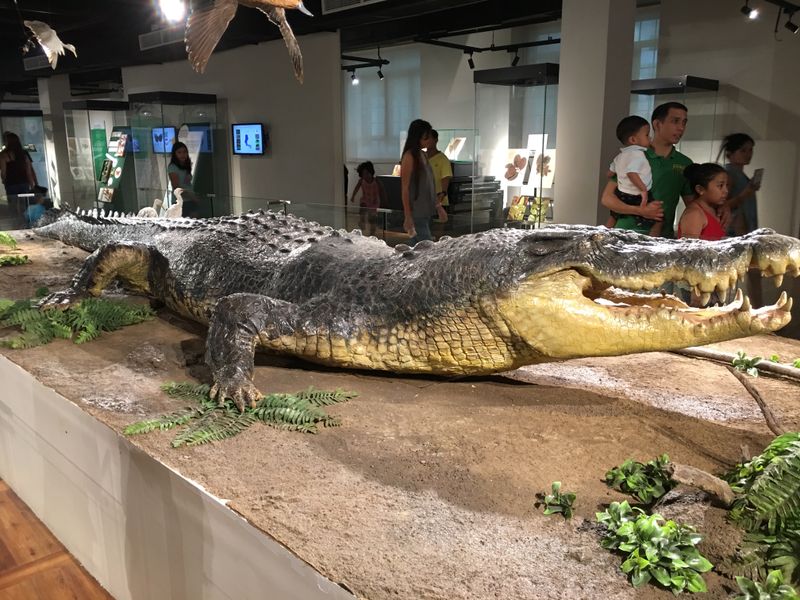
Armored like living tanks, crocodilians boast biological features that scream durability. Their skin contains bony plates called osteoderms that create natural armor against attacks. Even their internal organs show remarkable resilience – special heart valves allow them to stay underwater for hours.
Their immune systems deserve special mention. Crocodile blood contains powerful antimicrobial compounds that fight infections even in bacteria-filled swamp water. Scientists study these compounds hoping to develop new antibiotics for humans.
Perhaps most impressive is their regenerative ability. Crocodilians can regrow lost teeth throughout their lives and heal from horrific injuries that would kill most animals. This biological resilience helps explain how they weathered global catastrophes that wiped out more fragile species.
Survival By Simplicity: The Secret Life Strategy Of Crocodilians
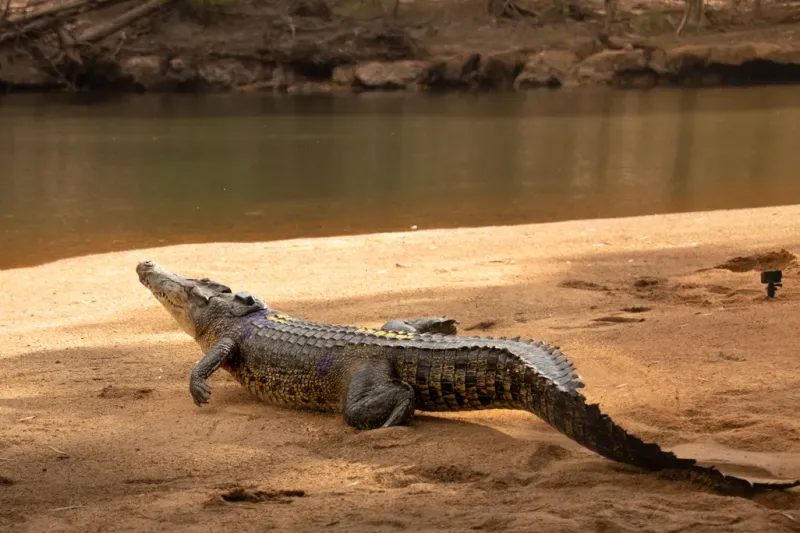
Crocodilians mastered the art of doing more with less. Their simple yet effective hunting strategy – wait patiently, then strike with lightning speed – requires minimal energy while yielding maximum results. No chasing prey for miles like wolves or lions.
Their reproductive approach follows similar efficiency. Female crocodilians lay dozens of eggs, investing little in each individual offspring but ensuring some survive through sheer numbers. This strategy proved crucial during extinction events when conditions became unpredictable.
Even their brain exemplifies efficient design. Though smaller than mammals’ brains, crocodilian brains excel at essential tasks like detecting prey movement and coordinating ambush attacks. By focusing on perfecting core survival skills rather than developing complex behaviors, they created an unbeatable survival formula.
Gharials And Alligators Show Us Just How Deep This Bloodline Runs
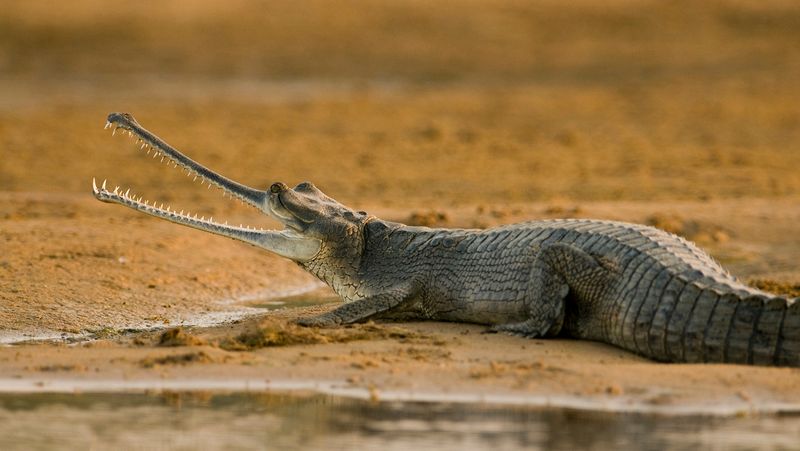
Gharials, with their bizarre needle-thin snouts specialized for catching fish, represent one extreme of crocodilian diversity. These critically endangered creatures diverged from other crocodilians around 40 million years ago yet survived both major extinction events.
Alligators took a different evolutionary path, developing broader snouts and rounder teeth for crushing turtles and cracking bones. Despite these differences, both share the core adaptations that helped their ancestors survive when dinosaurs perished.
The family also includes caimans and false gharials, each with unique adaptations to specific habitats. This diversity within a conservative blueprint demonstrates the crocodilian success formula – maintain the core design that works while allowing just enough variation to exploit different ecological niches.
They May Look Like Dinosaurs Because They Basically Are
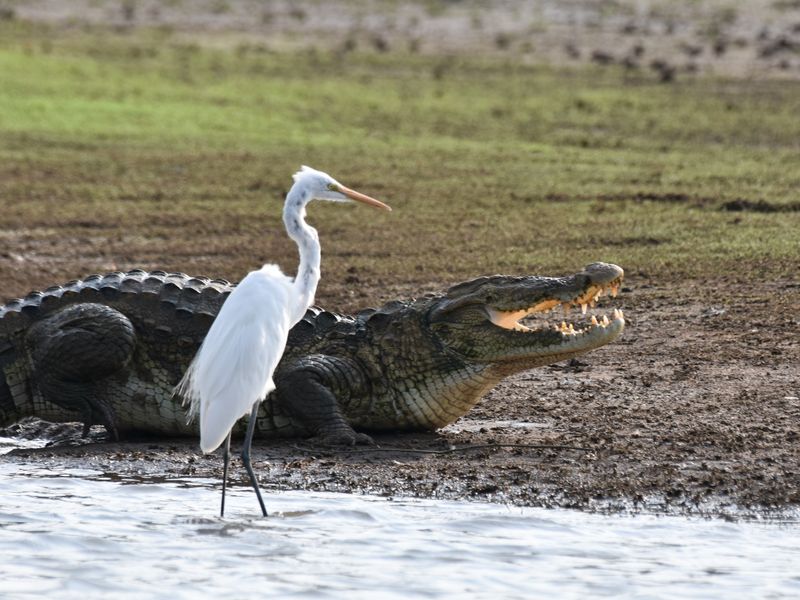
Crocodilians represent living fossils in the truest sense – they’re the closest living relatives to birds, which evolved from dinosaurs. Both crocodilians and dinosaurs belong to the archosaur group, which dominated Earth for millions of years.
Their physical features showcase this ancient heritage. The four-chambered heart, vocal communications, and protective maternal behavior all evolved in their common ancestor with dinosaurs. When you hear a crocodile’s deep bellow, you’re hearing a sound remarkably similar to what some dinosaurs might have made.
Unlike dinosaurs, which evolved into highly specialized forms, crocodilians maintained a more primitive body plan. This evolutionary conservatism, ironically, helped them outlast their more famous cousins when disaster struck.
How Crocodiles’ Cold-Blooded Nature Kept Them Alive Through Earth’s Worst Days
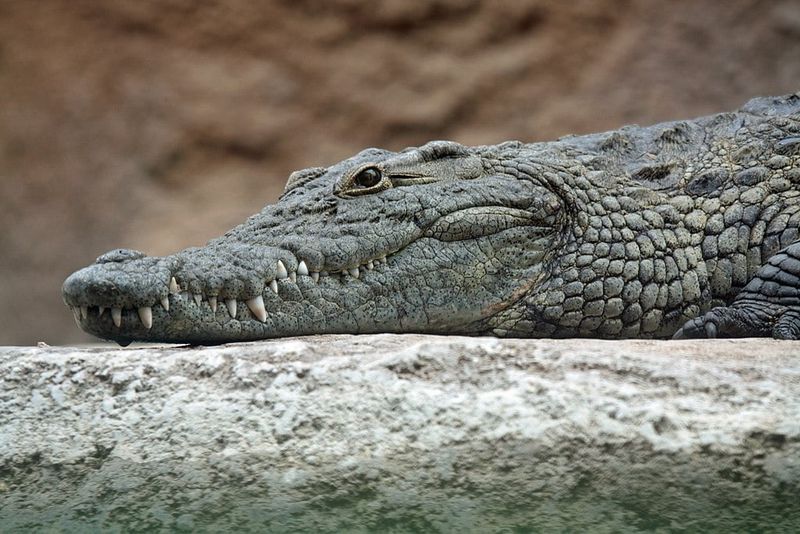
Being cold-blooded (ectothermic) became crocodilians’ ace card during extinction events. When the asteroid impact caused global cooling, warm-blooded dinosaurs couldn’t maintain their body temperature and quickly perished. Crocodilians simply slowed down and waited it out.
Their metabolism operates like a dimmer switch rather than an on/off button. During food shortages, they can reduce their energy needs by up to 80%, surviving on minimal calories for extraordinary periods.
Cold-bloodedness does have disadvantages – crocodilians move sluggishly in cool weather and can’t maintain activity in cold regions. However, this limitation became a strength during extinction events when conserving energy meant survival. Sometimes the tortoise really does beat the hare.
Adaptability, Patience, And A Perfect Bite: Why Crocodilians Still Rule The Water
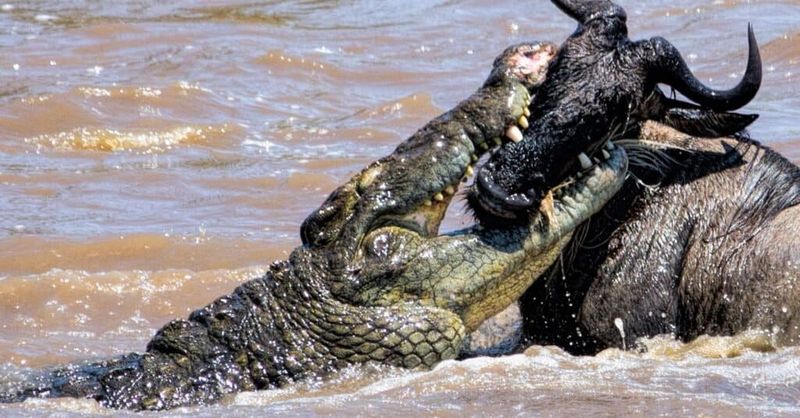
Crocodilians possess the strongest bite force of any living animal – a large saltwater crocodile can crush with over 3,700 pounds of pressure! This devastating weapon evolved early and remained essentially unchanged because it worked so perfectly.
Their hunting patience borders on supernatural. A crocodile can wait motionless for hours, even days, for the perfect moment to strike. This energy-conserving strategy proved invaluable during extinction events when food became scarce.
Perhaps most impressive is their behavioral flexibility. Crocodilians can adjust their hunting tactics based on prey and conditions. Some even use tools – balancing sticks on their snouts to lure nesting birds! This combination of specialized physical weapons with adaptable behavior helped them survive when more rigid specialists perished.
Crocodilians Walked With Giants And Lived To Snap Another Day
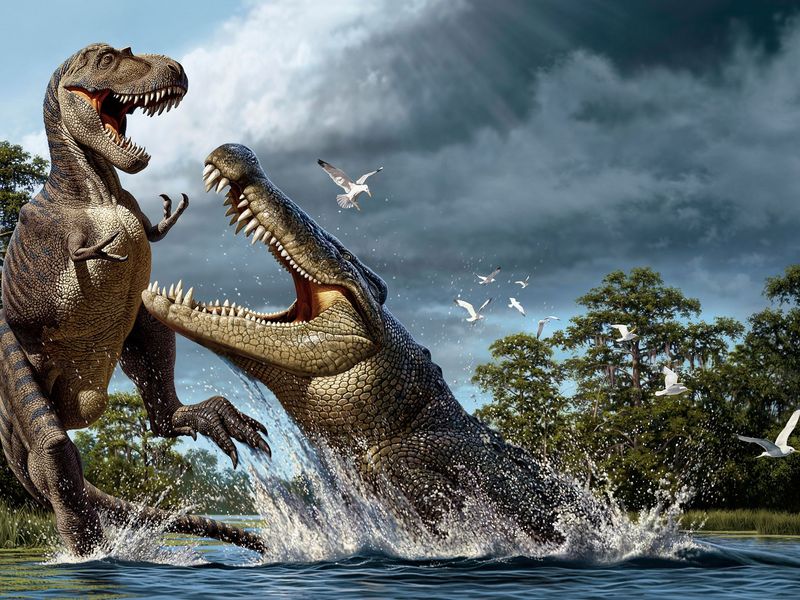
Crocodilians shared ancient rivers with creatures that seem like monsters from science fiction. Deinosuchus, an ancient relative, grew to 33 feet long and hunted dinosaurs that came to drink. Sarcosuchus, nicknamed “SuperCroc,” weighed as much as an elephant!
Even these giants couldn’t survive the changing world. Most supersized crocodilian species vanished during extinction events, while their more moderately-sized cousins survived. Being the biggest predator proved less advantageous than being the most adaptable.
Modern crocodilians carry this legacy in their DNA. When conditions allow, saltwater crocodiles can still grow to over 20 feet long – a living reminder of the ancient giants. Their survival represents an unbroken chain stretching back to a time when dinosaurs ruled the land.


